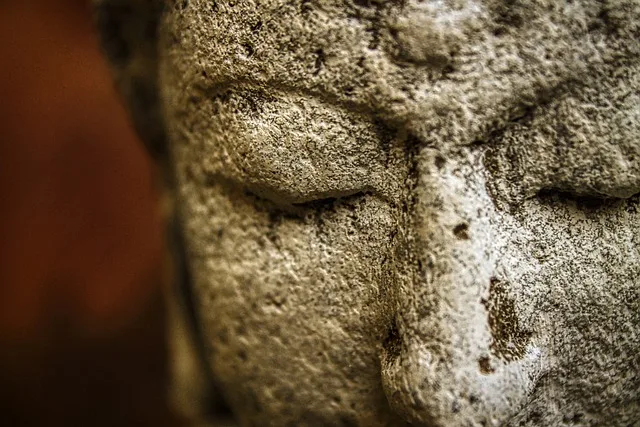Mindfulness is the practice of being aware of our thoughts and feelings in the present moment. It is a powerful tool for reducing stress, improving mental and physical wellbeing, and creating a greater sense of peace. This article will provide an introduction to mindfulness and tips on how to practice it in a professional setting.
We will explore the basics of mindfulness, its benefits, and how to incorporate it into a work environment. With the help of this article, readers will be able to learn how to use mindfulness to gain a deeper understanding of their thoughts and feelings and to help them become more intentional in their work. With regular practice, mindfulness can be an invaluable tool for improving productivity, focus, and overall wellbeing.
A short introduction to what mindfulness is
Before you can begin to practice mindfulness, it’s essential that you know what it is. Mindfulness is the practice of intentionally focusing on the present moment without judgement. It involves paying attention to and being aware of one’s thoughts, emotions, and physical sensations in order to achieve a state of calm, clarity, and balance.
Mindfulness can be used as a tool to gain insight into one’s mental and emotional states and to better understand why certain reactions are triggered in specific situations. Additionally, mindfulness can be used to reduce stress and increase relaxation, allowing individuals to better manage their emotions and reactions. Through consistent practice, over time mindfulness can help individuals become more mindful of the present moment and gain a greater sense of wellbeing.
You can find a lot more valuable information about how everything works in our guide to what is mindfulness and how does it work, which is a good place to start for beginners.
What is a good example of mindfulness?
A good example of mindfulness would be taking a few moments each day to become aware of your breathing and how your body feels. This can help to reduce stress and anxiety, as it allows us to detach from our thoughts and emotions and focus on the present moment.
Additionally, mindfulness can be practiced while performing everyday tasks such as eating, walking, or doing chores. This can help to bring a greater sense of appreciation and presence to our activities, rather than feeling rushed or overwhelmed by them. Ultimately, mindfulness is an excellent tool for cultivating inner peace, self-awareness, and emotional resilience.
The 5 basics of mindfulness practice
Mindfulness practice is a well-established practice that helps individuals be present in the moment, reduce stress, and increase overall well-being. The five basics of mindfulness practice are: Observe, Describe, Participate, Be Open, and Connect.
- Observe – pay attention to the present moment without judgment.
- Describe – be mindful of one’s thoughts and feelings without interpreting them.
- Participate – take part in the activity at hand without getting lost in thought.
- Be Open – accept the present moment without resistance.
- Connect – recognize one’s connection to the environment and its inhabitants.
By following these five basics, individuals can lead more mindful and peaceful lives. Studies have shown that regularly practicing mindfulness can improve overall mental, physical, and emotional health. Therefore, it is important to incorporate mindfulness practice into one’s daily routine.
Top tips for how a beginner can practice mindfulness
Mindfulness is a practice that helps cultivate mental clarity, emotional balance, and a deeper sense of connection to oneself and the world around us. For beginners, mindfulness can be a daunting concept to navigate. Here are some top tips to help beginners practice mindfulness:
First, set aside a specific time and place each day to practice mindfulness. It is helpful to create a dedicated space for mindfulness, such as a quiet corner or room in your house.
Next, start each session with a few minutes of deep breathing. This helps to clear the mind and prepare for the practice. Next, focus on the sensations in your body, as well as your thoughts and emotions.
Finally, keep a journal to document your experience in order to track your progress and reflect on your practice. With regular practice, mindfulness can be a powerful tool for self-awareness and emotional wellbeing.
Practicing mindfulness will improve your life
Mindfulness brings a sense of clarity and focus to any task, improving productivity and overall well-being. Practicing mindfulness is an achievable goal and can be done with minimal effort. It can be done at any time and in any place, allowing you to take control of your thoughts and emotions. Mindfulness is a powerful tool that can help individuals to live happier and more meaningful lives.
By implementing mindfulness into your daily routine, you will be better equipped to manage stress and achieve balance in life. Through regular practice, you may even be able to find joy in the little things. We hope that this article has been helpful in introducing the concept of mindfulness and has provided the necessary guidance to start practicing.
Written by:
Mark is a licensed marriage and family therapist. He has also been practicing mindfulness for over 20 years and is a certified mindfulness instructor.







